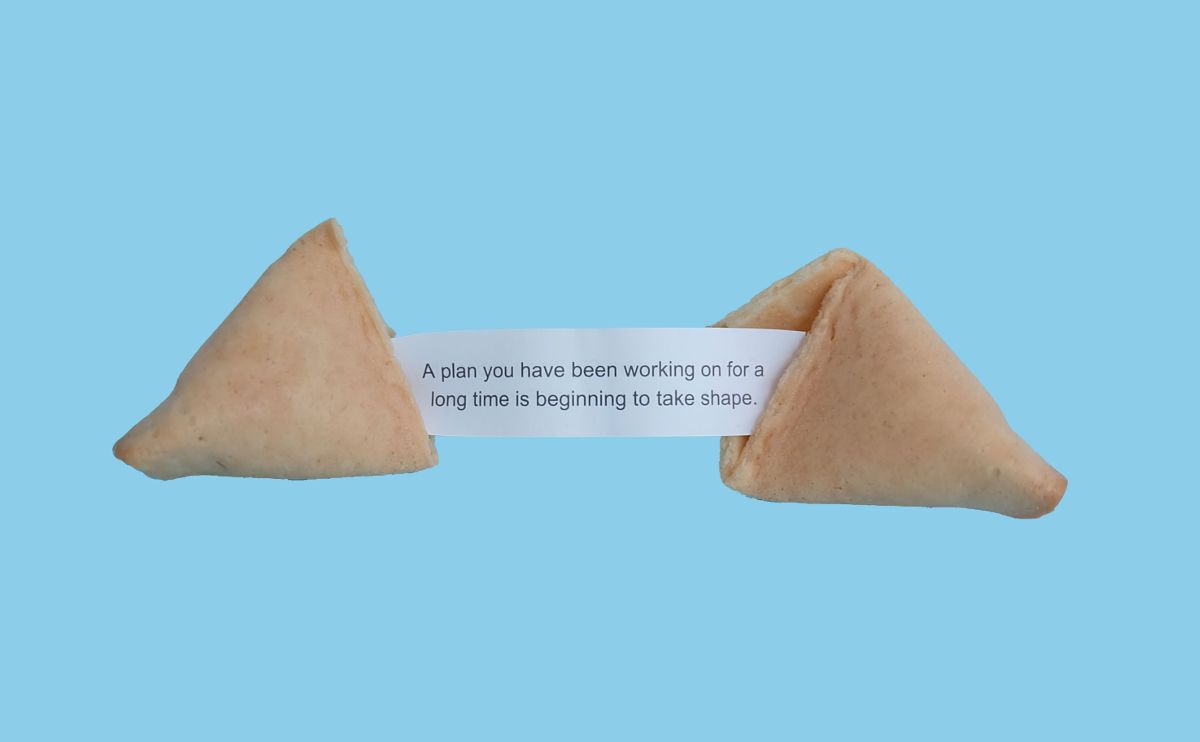The importance of content workflow in startups
Content workflows can vary from exceptionally simple to incredibly complex. It doesn’t really matter how advanced your content workflow is, as long as you can understand its value and its role in building your own circle of trust, your own viable sales cycle and a loyal user base; your brand.
If you’re here, reading this article, you probably are somehow involved in a startup or two, along with the rest of your trusty team. So, let me cut to the chase.

A lot has been written about the importance of digital content in general. “Content is king”, as historian Wyatt Tilby suggested in 1914.
They knew not the need of larger crops, and the consciousness of poverty cannot enter where content is king. They rarely deserted their abode for fresh habitation…
— Wyatt Tilby, British North America, 1763-1867
Of course, this is still valid today, even for digital content – or media content in general. Sumner Redstone, chairman of the boards of Viacom, the CBS Corporation and the MTVi Group said it best in the mid-1990s. Bill Gates, founder of Microsoft Corporation, deeply supported the notion with his essay on March 1996.
What is the value of content?
Wyatt Tilby’s passage refers to the peasants in British North America. They were satisfied, whilst in dire poverty, because “content is king”. Long story short, they had faith and their wants were few and simple in nature.
Content keeps people happy. They learn something new, they solve a problem, and they get a personal reward for it. In essence, they get smarter.
Back to our reality, content creation is a feat media moguls pioneered during this past century. And it has served them well. Now, what does all this have to do with us? Well, think about it this way:
Say you are the creator of content that people find useful and solves one or more of their problems, making smarter in the process.
Don’t you think they’d keep coming back for more?
And don’t you think you’d make a name for yourself as an expert in your field?
That’s how academics, politicians, journalists and business people all over the planet have been doing it for decades.
What is a content workflow?
Now, if we’re not working with a well known newspaper or related media where people know to step out and get a printed copy from the news stand, we’d better come up with a way to serve our content. That’s how our workflow comes into existence. I won’t say it’s easy. After all, the other side of the “content is king” debate, seems to have been “distribution is king”. Today, of course, both these claims are equally true.
Why and how to use a content workflow
Nowadays, it’s evidently increasingly harder for content creators to come up with new ideas and approach them through an original perspective. However, in our case we have a few tools on our belt to come up with some kind of method for a content workflow.
- We have a startup going, which we can use our expertise in our industry as a way to look at reality and analyze problems and solutions.
- We have a team of subject matter experts to their unique point of view or establish a point of reference
- And we know business and how it is managed; a content workflow is no different
A digital content workflow
igital media have made it easier and more affordable for anyone to get their content out. And since almost every aspect of our lives is digitally enabled, it’s safe to assume that most of our target audience has access to the internet. Well, at least the proverbial SaaS target audience.
Practically, a simple and basic description of a content workflow in steps would look something like this:
- Come up with topics our potential customers would find useful
- Produce content on these topics (digital, print, audio-visual etc)
- Align the content with our brand, if needed (writing style, brand related considerations)
- Make adjustments and corrections (copywriters, producers, editors etc)
- Find out how to distribute the content
- Approve content and budget per distribution channel
- Distribute content
- Maintain and manage content
- Maintain and manage brand reputation
- Do it all over again (repetition makes for a good content workflow)
What happens if I don’t create new content?
Have you ever played a game of Jenga and were too tired or bored to put in the necessary supports, to keep it standing? It will crumble to pieces, won’t it?

That’s exactly what will happen to your strategy and your efforts to raise brand awareness. And it will happen in a few different ways. Let me elaborate.
Declining loyalty
You have to wonder; How do people become loyal customers of my business? It’s a complex concept to wrap one’s mind around. But, simply put, if your content solves a problem for your customers and serves as proof that you are great at what you’re doing, you have a good basis to operate upon.
Be careful, though. People like habits; the little behavioral traits that help them feel safer. And that’s the purpose your workflow serves. If you fail to deliver your content on a certain day, as you usually do, people won’t be happy about it. Do it again, and they’ll start thinking the content is not about them, but about you. Additionally, your presence now becomes sketchy for them. That’s a huge drop in trust and credibility for you. Do it a third time, and you’ve lost them; perhaps forever. No more loyalty points left.
Then you have to get out and find yourself some new loyal customers for your business. That costs time and money, right?
Strategic bottleneck
We’ve established that paying customers or even simple users of your product won’t be waiting for you to keep up. There’s always someone else that will find a way to do it better. One such development may cost you a considerable part of your user base, almost overnight. At that moment, your content workflow will just amount to nothing.
Your strategy can’t wait either. Say you’ve established a specific route for your strategy, to take you places. Planning of this kind is almost always time-sensitive. If you fail to reach a milestone in time for certain events to take place, so much for your plan.
Skipping through schedule
Now, since your incredible content workflow is not steering the ship, say you’ve missed a couple of content releases. And since you are fully aware of the importance of timeliness, you may opt to skip this couple of releases; to keep a tight time-schedule. But what of the content you skipped? What if it’s of key importance to the overall strategic plan you’ve so carefully put together? In that case, you’ll have to postpone your entire plan, in order to release this content. A delay, as such, may cause a serious bottleneck to your strategy, right? Besides, that’s no way to treat your content workflow! – or the people working for it.
Now, if you’re going the Lean way and you’ve adopted the concept of continuous deployment for your content, your strategic plan or marketing plan has probably only been described on a high-level for its long-term commitment. Usually, you’ll have skillfully described in detail only a few weeks’ worth of work. Missing a couple of points may not seem such a big deal. But please, consider how one bottleneck during each release may compound to an unmanageable problem throughout your plan. Ignoring this effect would clearly be a bad practice.
Reader inactivity
Have you ever visited a website, Facebook page or other medium that you really loved almost instantly? That’s probably because it inspired trust, it seemed carefully put together with your problems in mind, caring enough to solve them for you. It seemed to be a high-quality resource of information. And it is quite reassuring for you to visit this resource on a specific day every week, to find new, helpful content, isn’t it?
Now imagine the curators of its content going “AWOL” for a few of weeks, no questions asked, no explanations given. The first week, you’ll think something must have come up. The second week you’ll think they don’t care enough. And the third week you’ll decide they’ve abandoned ship. And that’s perfectly logical!
If you don’t care enough to release new content for your users in standard intervals, you don’t uphold the principles of healthy habit forming. Eventually, you’ll most likely end up with a user base full of inactive users, and no foreseeable way to bring them back.
Non-Trending topics
In an effort to optimize your content for search engines, search analytics is partly where you get your topics from. People won’t always be searching for something pertinent to your business. However, there will be certain peaks throughout each season, when you will be able to take advantage of what people are looking for, in order to serve relevant content. That way, you can increase your entire website’s relevance to the terms people are using. Search engines will reward you for this, by displaying your pages higher in the search results. It’s a process that may slowly transform you into an authority within your business or industry.
When you miss your time window for releasing relevant content to your users’ satisfaction, there is no turning back. Even if you use your shiny content workflow to release that great content later, it may no longer be trending. Your competitors will have already earned their (larger) piece of the pie, leaving you out, hanging to dry.
No more marketing plan
Whether you have a great or less than great marketing plan, based on your strategy, there is only one way to find out if it works; executing it. Making compromises about the timeliness of release, the quality of the content, or the mere reason for its existence will get you nowhere, fast.
No content workflow can save you at this point. Your marketing plan – or content strategy – is, no more. Since this a matter of mindset, your entire strategy may eventually suffer the same fate. And your business model may come next. Think about it.
What should I do?
Glad you asked. Simply put, create a content workflow. To start with, develop a method to provide you with what your potential customers find useful. Create content about any topic related to what you’re doing. Bonus points if it makes you personally look good as an expert. Make your content “satisfyingly consumable”. Distribute and share your content. It’s your proof of existence and helps build your own circle of trust.
Then do it all over again, cause that’s what workflows are for. Go on, then! Best of luck!
[newsform label=”Learn more about your startup”]
